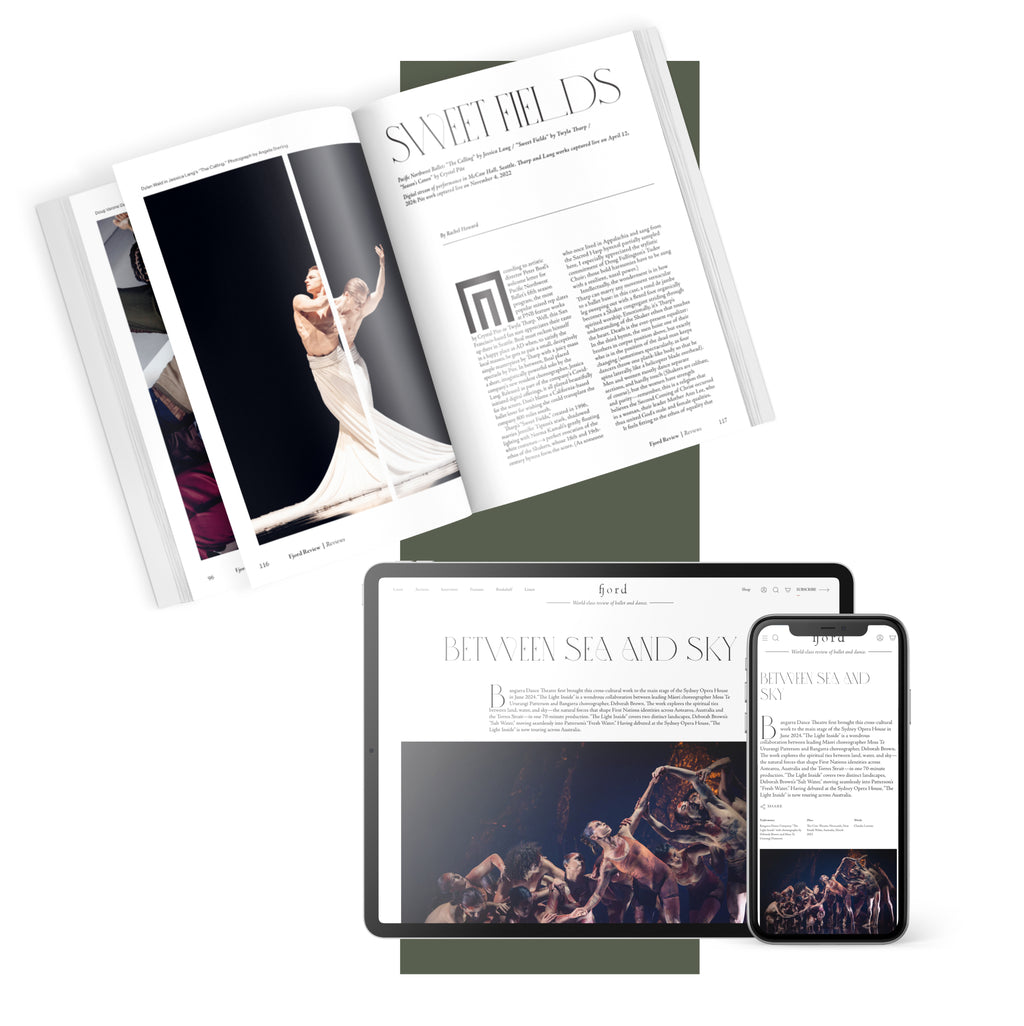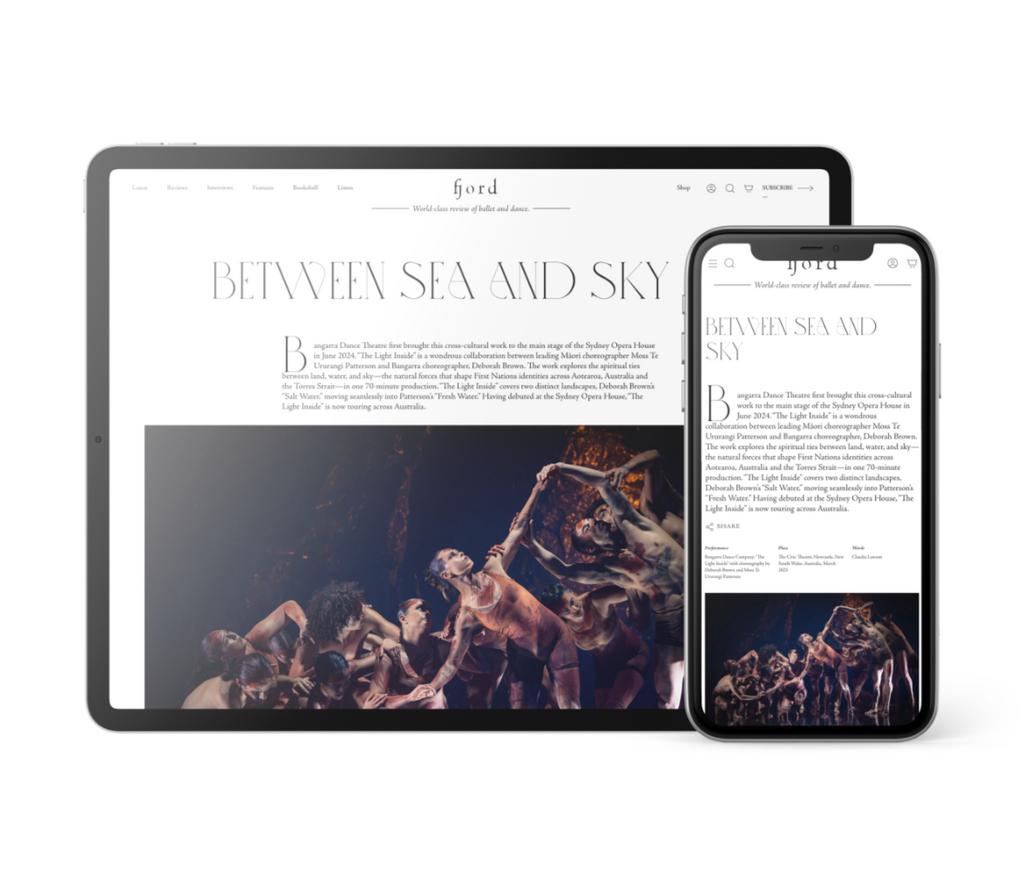Float like a Butterfly
Sans tutu or pointe shoes, New York Ballet principal Sara Mearns delivered a knock-out punch in her 20-minute solo, “Zebra.”
Continua a leggere
World-class review of ballet and dance.
It was sensory overload at the Marciano Art Foundation last weekend when six members of LA Dance Project performed side-by-side, around, and, at times, seemingly in tandem, with Doug Aitken’s film, Lightscape. Indeed, this 65-minute, site-specific, immersive performance, with choreography by LADP’s Daphne Fernberger, unfolded as Aitken’s seven screens told hallucinatory tales of the modern world, at the same time acknowledging a future floating somewhere out on the horizon.
Performance
Place
Words



“Uncommonly intelligent, substantial coverage.”
Your weekly source for world-class dance reviews, interviews, articles, and more.
Already a paid subscriber? Login

Sans tutu or pointe shoes, New York Ballet principal Sara Mearns delivered a knock-out punch in her 20-minute solo, “Zebra.”
Continua a leggereJapan Society’s Yukio Mishima centennial series culminated with “Mishima’s Muse – Noh Theater,” which was actually three programs of traditional noh works that Japanese author Yukio Mishima adapted into modern plays.
Continua a leggereThroughout the year, our critics attend hundreds of dance performances, whether onsite, outdoors, or on the proscenium stage, around the world.
Continua a leggereOn December 11th, the Alvin Ailey American Dance Theater presented two premieres and two dances that had premiered just a week prior.
Continua a leggere
comments